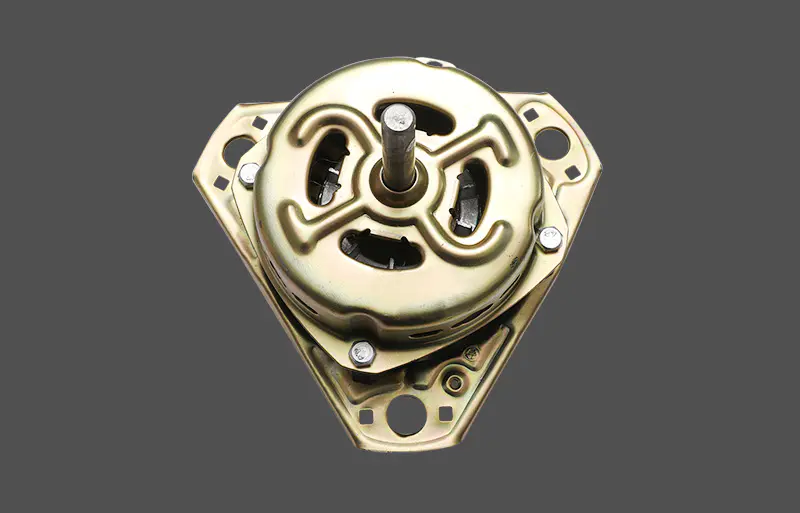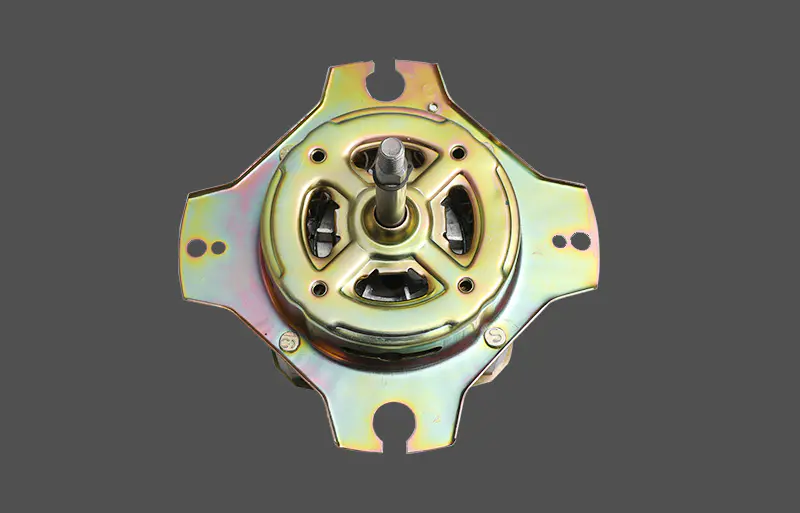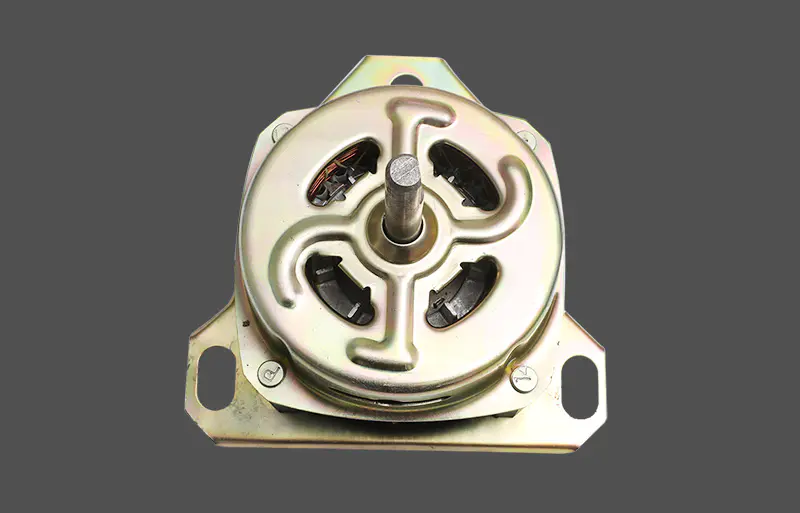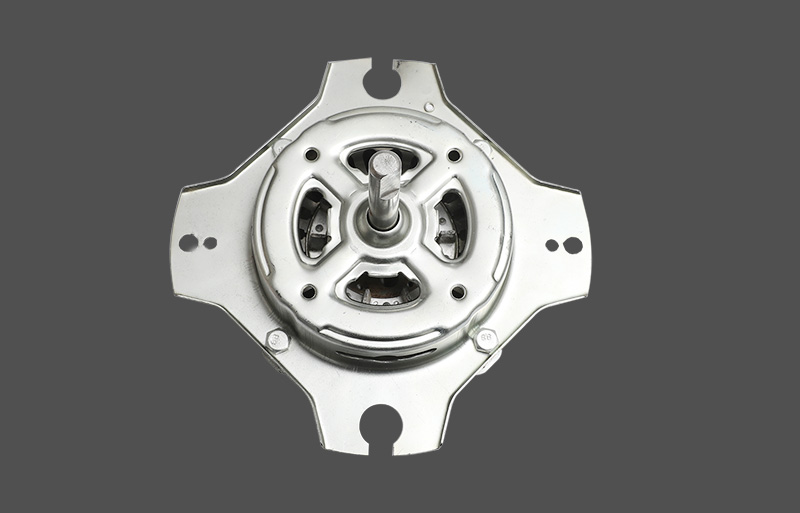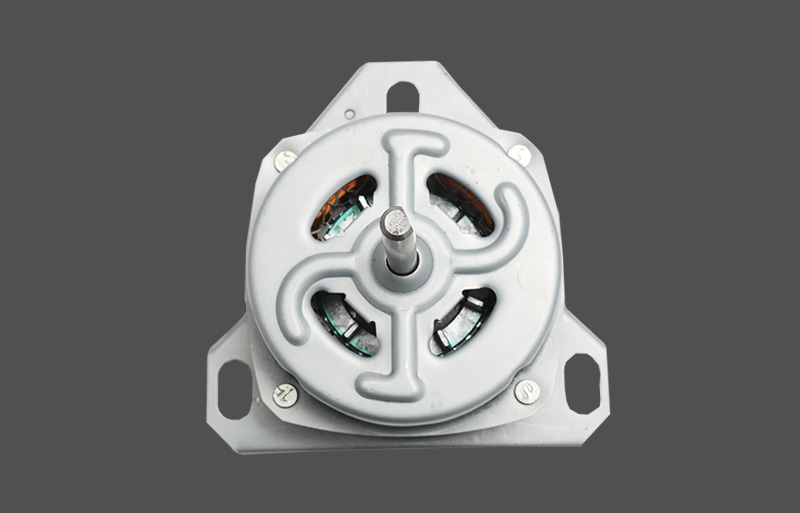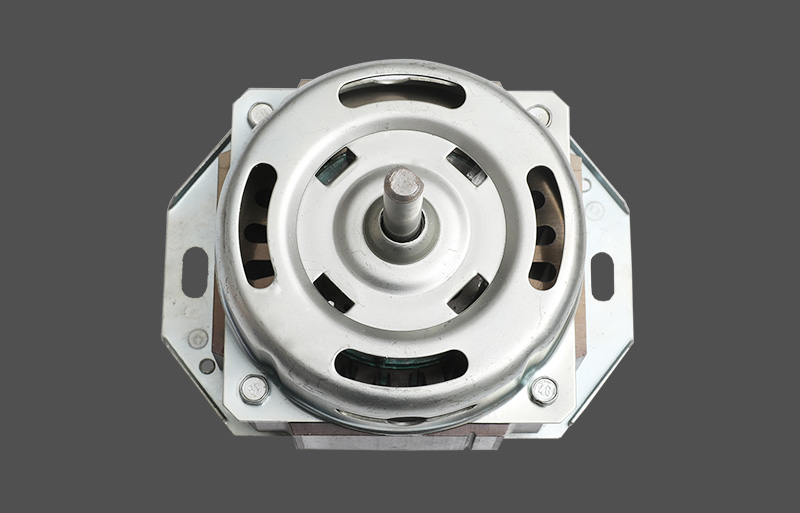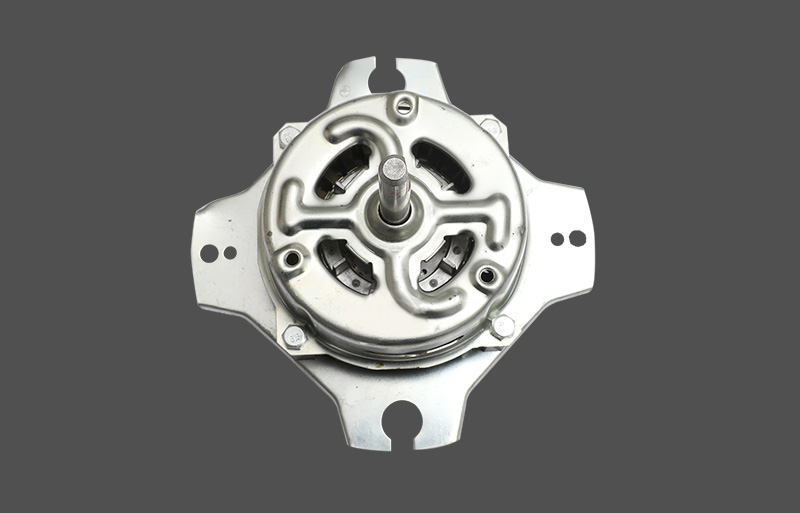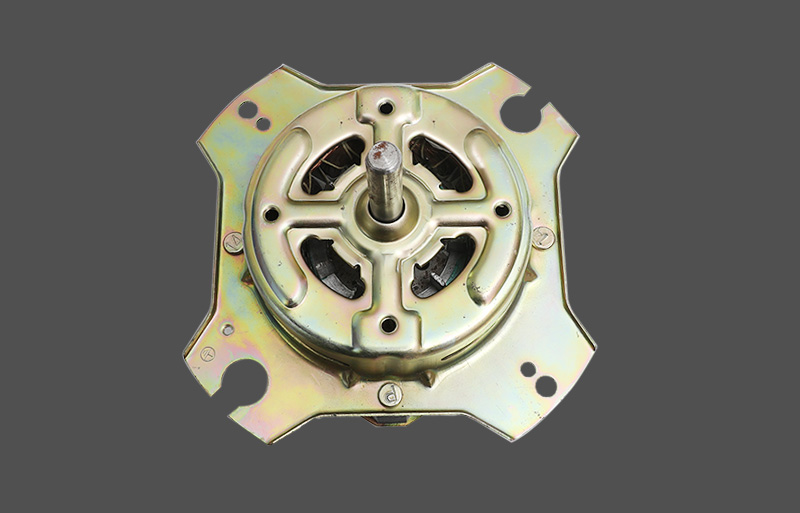To me, “unbelievable” always would have been more along the lines of the long-lost Amelia Earhart reappearing at age 121 and landing her ancient, sputtering plane on Greeley’s 8th Avenue.
After visiting the Lee Maxwell Washing Machine Museum in Eaton, I’m changing my definition.
The museum is mouth-dropping. Eye-widening. Stunning. Unfathomable.
You have to see it, perhaps on the tours Maxwell Washing Machine Spin Motoroffers by appointment only, and even then it’s, well, unbelievable. It must be an illusion. Surely, these all can’t be washing machines, all different, going back to the 19th century, including one with a wood treadmill attached to the machine so a goat (allegedly) can run on it and provide the power. Or another with kids on a teeter-totter-type mechanism powering the washer. Indeed, they’re not all washing machines, since Maxwell also dabbles in such things as a few dryers and irons, tucked away in corners. But washing machines dominate.
The retired Colorado State University electrical engineering professor, now 88, displays roughly 1,500 washing machines, farther than the eye initially can see because they are squeezed into two warehouse-type buildings adjacent to the Eaton home where he and his wife, Barbara, have lived since 1974. They also were part-owners of the adjacent family business, the Eaton Grove nursery, for many years, but now their daughter and son-in-law, Judy and Ken Olsen, are the sole owners.
By the way, that total of 1,500 washing machines is off the record.
“I promised Barbara I’d quit when I got to 1,000,” Lee said, conspiratorially. “So don’t tell her.”
That initial impression probably doesn’t do justice Washing Machine Spin Motor to Maxwell’s museum. He didn’t just round up all these machines, many of the older ones with wood frames or bases, but he also had to tear apart, clean and reassemble roughly 90 percent of them before putting them on display. Plus, with his collection about “maxed out,” he has downloaded 23,000 washing machine patents to his computer and for the past two years, his alternative passion has been to meticulously build scale models — what he calls “patent demos” — of older machines he has no hope of finding, whether because they never were made or because there’s no way intact wooden machines still could be out there.




